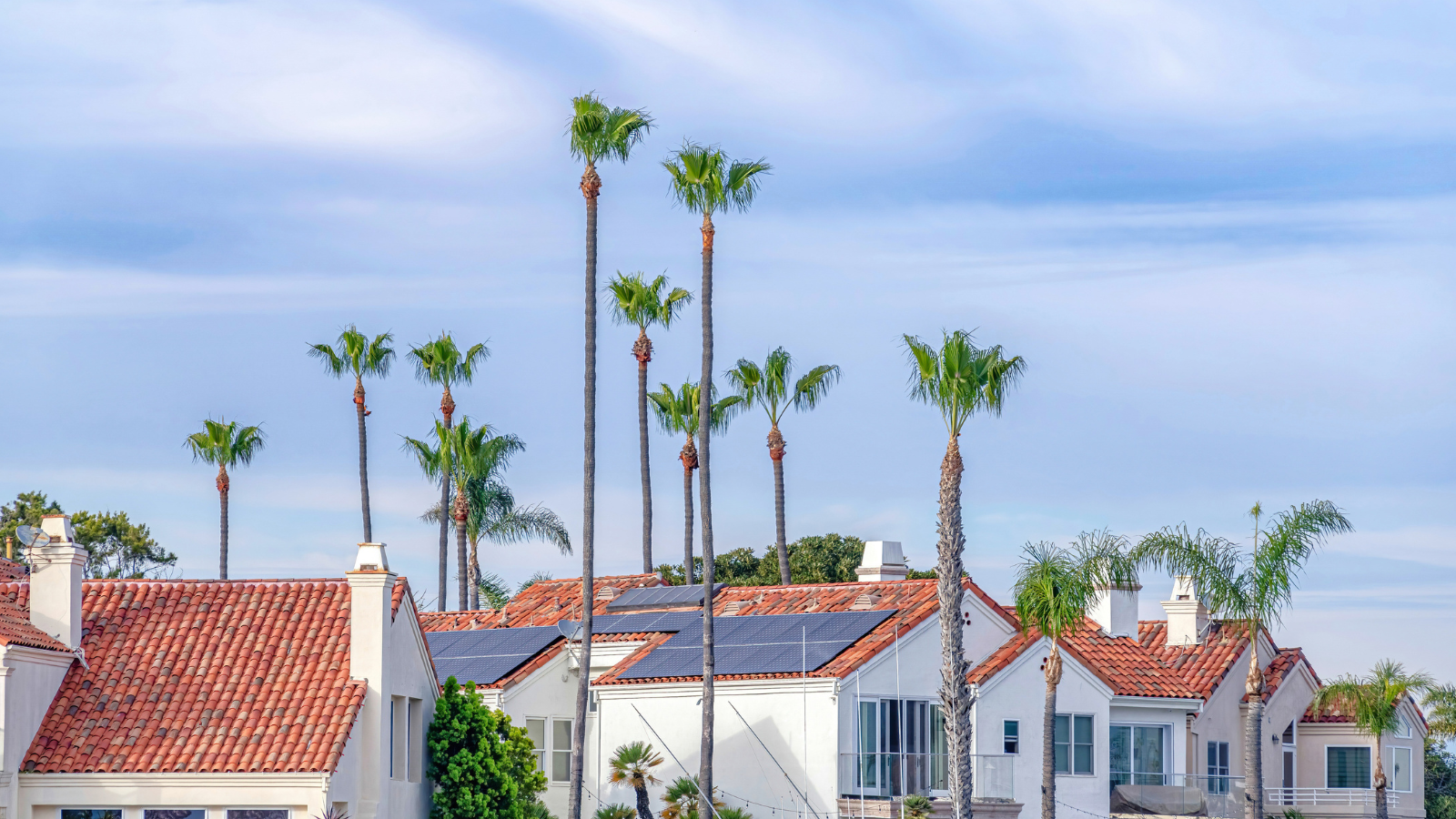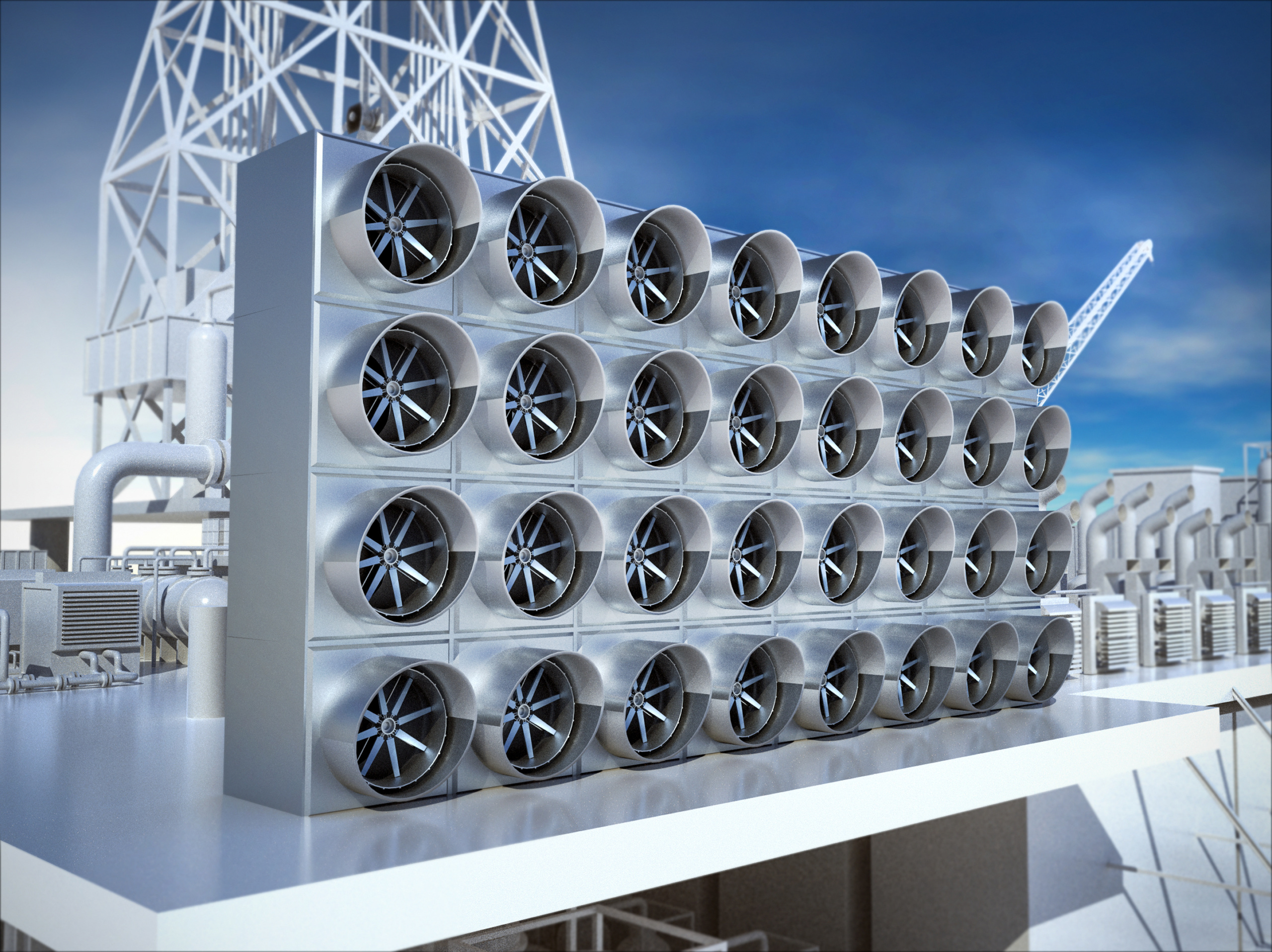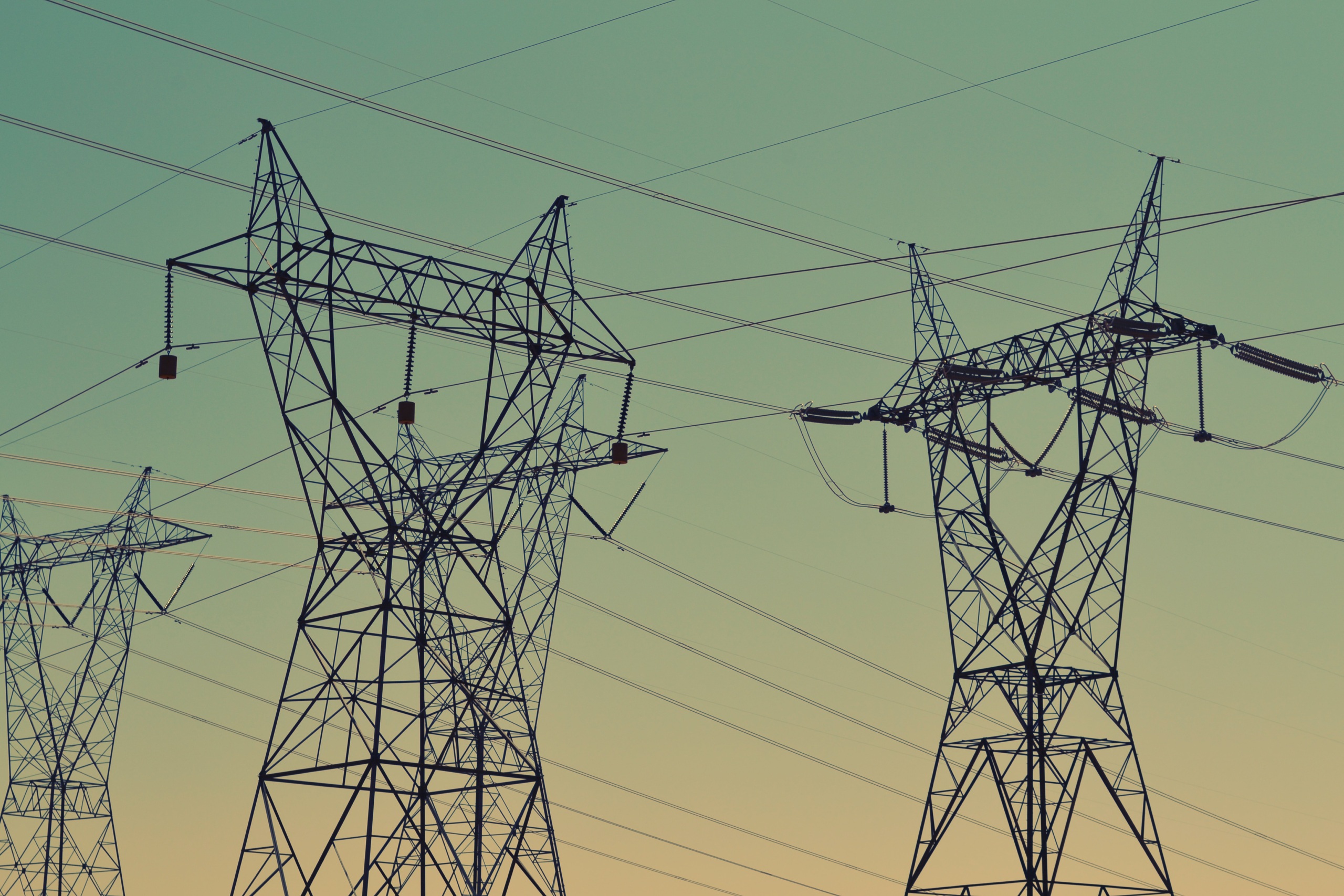
Charge Ahead California Budget Request 2022
Getting to a zero carbon destination
California has some of the worst air quality in the nation. The top source of pollution comes from cars, trucks and buses and we need to invest in clean air to solve this. Here is the letter from our Charge Ahead California coalition for how the Governor could invest a budget surplus to accelerate that transition.
Environment California
December, 17th 2021
Subject: Securing an Equitable Clean Transportation Future
Dear Gov. Gavin Newsom,
We urge you to fully fund needed clean transportation programs and ensure those investments are made in historically disadvantaged and low-income communities.
California continues to experience some of the worst air quality in the nation. The Charge Ahead California Initiative established by SB 1275 (2014, de León) made it state policy to electrify the transportation sector in a manner that ensures all Californians, especially those who are most impacted by vehicular air pollution realize the benefits electric vehicles can provide. Largely as a result of that legislation, California has a rich portfolio of well-utilized equity-focused programs designed to increase access to zero-emission vehicles and mobility in disadvantaged and low-income communities.
These include:
● Clean Cars 4 All: allows low- to moderate-income residents in the San Joaquin Valley, Sacramento, Bay Area, Orange County and Los Angeles regions to scrap old, clunker cars in exchange for vouchers for up to $9,500 for a new or used EV.
● Clean Vehicle Assistance Program: helps participants purchase clean vehicles using grants and low-interest rate loans.
● BlueLA: An innovative 100 percent electric car sharing service in LA available to anyone over 18 years of age with a valid driver’s license.
● Green Raiteros: This community-led program is built on an existing grassroots ridesharing network run by “raiteros,” (retired farmworkers). It provides Huron residents with access to two Chevy Bolts and one BMW i3 to travel to urban centers for medical service, shopping and other critical needs.
● Ag Worker Van Pool: Deploying 154 new 15-passenger hybrid vans to provide clean transportation to agricultural job sites in the Central Valley.
● Affordable Housing Mobility Hub: When launched, this program will provide nearly 3,000 low-income residents access to 24 electric vehicles plus chargers in Richmond and San Jose.
● Our Community Car Share: A free, membership-based transportation service in Sacramento that provides members with access to clean emission vehicles to run errands, get to appointments and take local trips.
● Lift Line Paratransit Dial-a-Ride: An electric vehicle transportation program that will provide clean mobility options to Santa Cruz County disabled residents via two 16-seat fully-electric shuttles equipped with wheelchair lift.
● Clean Mobility Options: A program that aims to support the retirement of high-polluting vehicles and to allow participants to go “car-free.”
● The Sustainable Transportation Equity Project (STEP): A pilot that aims to focus programs, capacity building, technical support, and education and outreach on target communities to result in transformative progress.
These light-duty vehicle programs are complemented by critical zero-emission medium- and heavy-duty vehicle programs that displace toxic diesel emissions that disproportionately impacts low-income communities and communities of color that often live near freeways, ports, railyards, warehouses and other facilities. Sensitive populations like older adults and children are particularly vulnerable to the adverse effects of air pollution.
All of these efforts require charging and fueling infrastructure. According to a recent California Energy Commission (CEC) report, the state will need over 1.2 million public and shared private chargers for light-duty vehicles and 157,000 fast chargers for medium and heavy-duty vehicles by 2030. The report finds that charging infrastructure deployment is lagging vehicle sales, and this gap is slowing progress toward the state’s public health, climate, and equity goals.
In light of the projected budget surplus, we urge you to expand upon your prior commitment for the California ZEV package and take this opportunity to truly invest in clean air
-
Invest $1 Billion over the next two years for clean transportation equity projects. The clean transportation equity programs are currently over subscribed and only available in some parts of the state. California should invest $1 Billion for transportation equity projects over the next two years, with at least $200 million per year dedicated to Clean Cars 4 All. Increased investment will allow Clean Cars 4 All to expand to reach all low-income Californians either through the successful local air district programs or a statewide program for residents outside of those air districts. The Enhanced Fleet Modernization Program should be updated to focus on zero-emission vehicles.
-
Invest $4.8 Billion over the next two years for zero-emission trucks, buses and off- road equipment. As noted above, tailpipe pollution produced by diesel medium and heavy-duty vehicles is particularly damaging to our health. Communities of color are most burdened by this diesel pollution. Programs to electrify medium and heavy-duty vehicles include:
– Vouchers for zero-emission trucks and buses (HVIP);
– Vouchers for zero-emission off-road engines (CORE);
– Demonstration and pilot projects to advance zero-emission technology;
– Financing to assist small fleets to purchase zero-emission trucks.
-
Invest $2 Billion for the next two years for the Clean Transportation Program and other zero-emission charging support to ensure expanded access to charging stations especially at or near multi-family homes. These programs provide incentives to support innovation and accelerate the development and deployment of advanced transportation technologies and fueling infrastructure.
-
Support equity requirements to ensure:
-
At least half of the CEC’s Clean Transportation Program budget be used to support transportation electrification for the primary benefit of or primarily serving residents of disadvantaged or low-income communities (e.g. increasing access to charging at single-family and multi-family homes in those communities);
-
At least half of those projects and associated charging and refueling stations be located in disadvantaged or low-income communities;
-
And no less than 30 percent of projects support zero-emission medium- and heavy-duty vehicles.
With the significant budget surplus forecast for this year, California has a critical opportunity to fully fund these programs at a level commensurate with their demand, while guaranteeing and building on top of the funding for these programs contemplated but not yet appropriated by the Governor’s FY 21-22 ZEV package. Fully funding the equity-focused programs detailed above, California can put a robust $7.8 billion down payment on its equitable clean transportation future. This funding would serve as a critical complement to the roughly $75 million annual in federal funding from the Infrastructure Investment and Jobs Act, allowing California to go further and faster on expanding EV charging in the state.
Thank you for your consideration,
Bill Magavern
Policy Director
Coalition for Clean Air
Bahram Fazeli
Director of Research and Policy
Communities for a Better Environment
Laura Deehan
State Director
Environment California
Román Partida-López
Legal Counsel for Transportation Equity
The Greenlining Institute
Miles Muller
Attorney, Climate and Clean Energy
Natural Resources Defense Council
Topics
Find Out More


Five key takeaways from the 5th National Climate Assessment

Carbon dioxide removal: The right thing at the wrong time?


